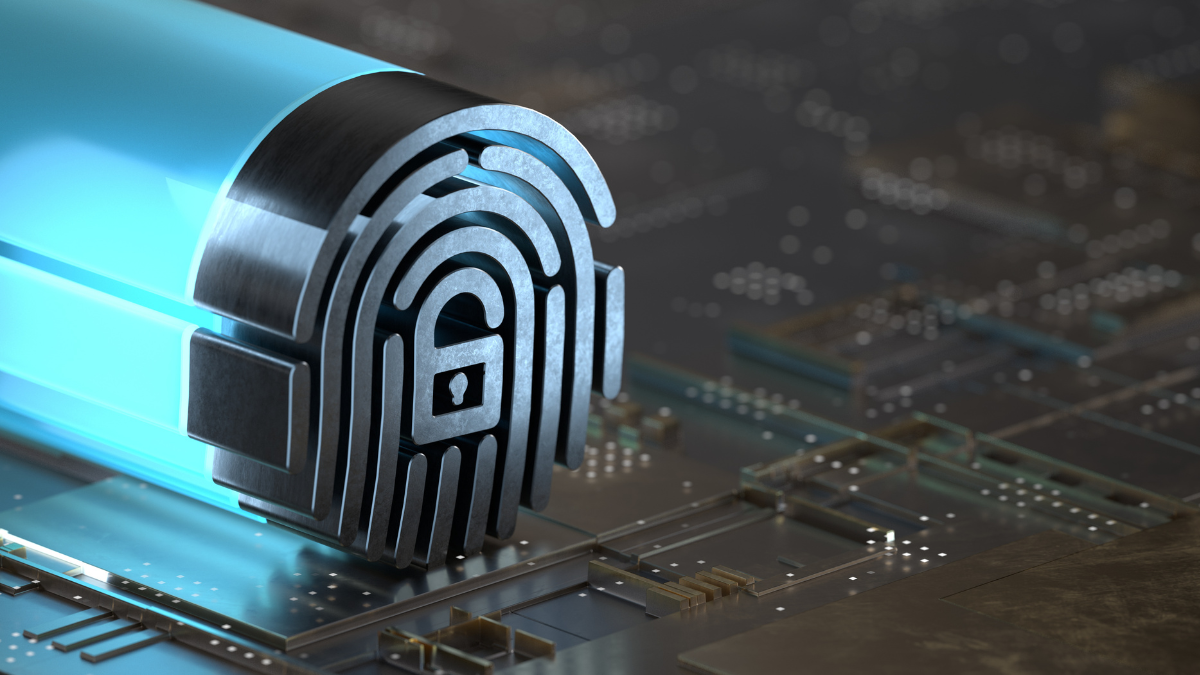Cybersecurity is no longer a minor concern; it has become central to every organization’s survival, including the U.S. Department of Veterans Affairs (VA). In an era where data breaches and cyber threats are rampant, safeguarding the sensitive records of all stakeholders forms the cornerstone of any robust cybersecurity strategy. This article sheds light on the importance of strong identity management – a significant attribute of VA’s comprehensive cybersecurity strategy.
Identity management is essentially a security-based model that authenticates and authorizes users to ensure access is granted only to the right individuals. Not only does this model protect against potential intrusions, but it also ensures accountability and mitigation of insider threats. The VA, charged with managing the personal, sensitive data of millions of veterans, employees, and service providers, has made identity management one of the primary goals of its expansive cybersecurity strategy.
- Risk Mitigation
Central to the VA’s comprehensive cybersecurity strategy is the minimization of data breaches. Through strong identity management, the VA can regulate access to information based on user roles and responsibilities, effectively reducing the risk of unauthorized access and consequential data breaches. Moreover, this system enables the VA to swiftly detect intrusions, expedite response times, and enhance overall system resilience.
- Internal Security
History affirms that internal threats pose just as significant a risk as external attacks. Hence, identity management within VA’s cybersecurity strategy is not limited to guarding against external threats; it extends to managing insider risks as well. By maintaining a watchful eye on who accesses which data when and why, the VA can swiftly detect and address any irregular activities, thereby reinforcing its internal security parameters.
- Compliance
The VA commits to stringent federal standards for the privacy and security of protected health information. This involves Health Insurance Portability and Accountability Act (HIPAA) regulations, Federal Information Security Management Act (FISMA) requirements, and many others. Effective identity management helps the VA achieve its compliance goals by allowing only authorized personnel to access pertinent data, preserving data integrity and confidentiality.
- Improved Digital Experience
By permitting safe and straightforward access to digital services, robust identity management paves the way for an enhanced user experience. It eliminates the need for multiple passwords, thereby reducing the risk of password-related security threats and complications – a win-win situation for the VA and its users.
Strong identity management, thus, is a critical aspect of the VA’s comprehensive cybersecurity strategy. However, the advent of advanced cyber threats necessitates a continual review and improvement of this strategy. The VA acknowledges this evolving cybersecurity landscape and is continually working to boost its identity management practices, including robust user authentication procedures, stringent access control measures, and comprehensive user-awareness programs.
The VA’s focus on strong identity management within its cybersecurity strategy highlights its commitment to safeguarding the personal information of veterans and other stakeholders. It demonstrates the VA’s recognition of the omnipresent cyber threats and its unwavering commitment to combating these threats head-on, thereby ensuring the security and resiliency of its systems – an undeniable truth worth knowing.
- Empowering VA’s Digital Transformation
As the VA embarks on its digital transformation journey, identity management technology lies at the heart of this transition. With increased digitalization, there is a growing need to manage an exploding number of digital identities equating to an equal number of potential system vulnerabilities.
This process involves transitioning from legacy systems to more advanced technology solutions. By implementing strong identity management solutions, the VA can ensure secure and seamless access to digital services for different user categories, from veterans and healthcare providers to department employees and third-party vendors.
In an era of cloud-based solutions and digital platforms, robust identity management further allows the VA to realize its vision of a digitally integrated, fully interoperable ecosystem. This transformation ensures that only authorized personnel can interact with the ecosystem, thereby promoting safe inter-departmental and intra-departmental data sharing and collaboration. This aids in effective decision-making while maintaining the highest data security standards, further underlining the pivotal role identity management plays in the VA’s broader cybersecurity strategy.
A comprehensive approach to identity management is not just a goal but a necessity for the VA. This is a promising step towards making the VA a formidable force in data security, providing stakeholders with the confidence that their information is well-protected. Despite the ever-evolving threat landscape, the VA’s firm commitment to strong identity management offers a reliable shield, ushering in a new era of cybersecurity resilience.







You must be logged in to post a comment.